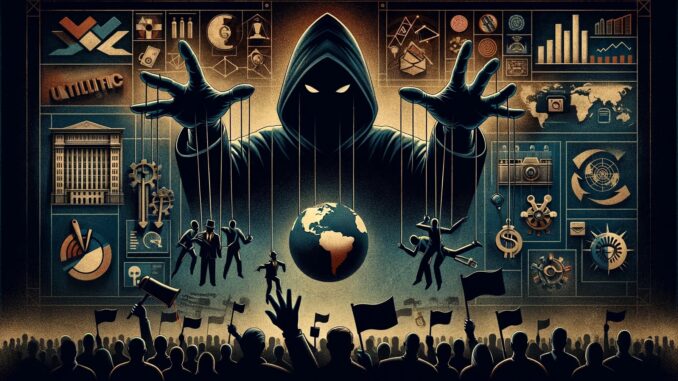
The “Protocols of the Elders of Zion” is composed of 24 protocols, each detailing different aspects of the supposed plan for global domination. Here’s a brief summary of each:
- Protocol 1: Discusses the basic philosophy of the plan, focusing on Machiavellian tactics and political manipulation.
- Protocol 2: Emphasizes controlling education and media to influence young minds and public opinion.
- Protocol 3: Outlines strategies to gain wealth and influence, including the use of economic cycles.
- Protocol 4: Focuses on the manipulation and control of public opinion to achieve desired outcomes.
- Protocol 5: Details methods for undermining government institutions and creating internal conflicts.
- Protocol 6: Advocates for the control of infrastructure and key societal institutions.
- Protocol 7: Discusses the use of warfare as a tool for achieving political objectives.
- Protocol 8: Proposes infiltrating and controlling various levels of government.
- Protocol 9: Talks about using the press for propaganda and public manipulation.
- Protocol 10: Emphasizes creating crises to consolidate power and control over governments.
- Protocol 11: Focuses on controlling public opinion and creating a sense of complacency among the populace.
- Protocol 12: Suggests gaining control of the press and using it as a tool for control and propaganda.
- Protocol 13: Discusses using distractions to keep the public’s attention away from important issues.
- Protocol 14: Talks about undermining religious institutions and replacing them with secular governance.
- Protocol 15: Details infiltrating and controlling education and cultural institutions.
- Protocol 16: Advocates for manipulating the educational curriculum to promote materialism and self-interest.
- Protocol 17: Discusses the strategy of undermining existing governments to facilitate new governance.
- Protocol 18: Proposes using crime and corruption as tools to control and manipulate society.
- Protocol 19: Focuses on using false promises and deception in politics.
- Protocol 20: Discusses the use of economic strategies to control society, including taxation and interest rates.
- Protocol 21: Talks about using loans and credit as a tool for economic control.
- Protocol 22: Emphasizes the importance of maintaining control over internal and external policies.
- Protocol 23: Advocates for the creation of a super-government to control global affairs.
- Protocol 24: Outlines the final stages of establishing absolute control, including the selection of a leader.
Each of these protocols outlines a part of the purported plan, focusing on deception, manipulation, and control.
Leave a Reply